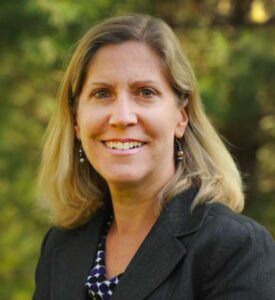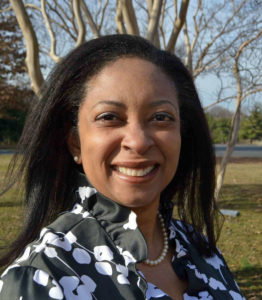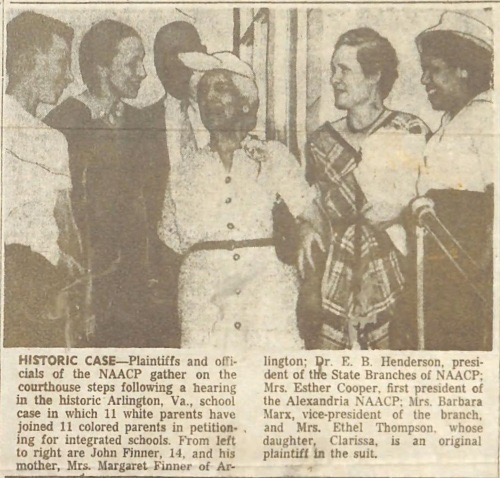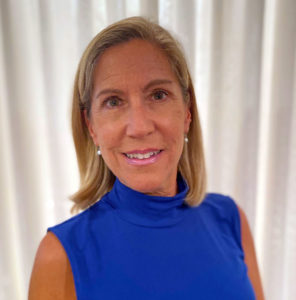Ed Talk is a biweekly opinion column. The views expressed are solely the author’s.
On April 12, the Arlington School Board presented its nearly $700 million proposed FY 2022 budget to the Arlington County Board. The proposed budget includes a deficit of $14.9 million.
During the meeting, County Board member Christian Dorsey asked if this deficit is a result of a structural problem with the Arlington Public Schools (APS) budget.
The answer is yes.
For years, it was the practice of the School Board to direct the Superintendent to propose a balanced budget, with expenditures equal to revenues. However, this year’s budget direction lacks that requirement, which was last included in the FY 2017 budget cycle.
APS Superintendents began proposing budgets to the School Board that included significant deficits beginning in FY 2020, with a proposed deficit of nearly $9 million. For FY 2021 the deficit was more than $27 million and for FY 2022 it was more than $42.5 million.
After receiving the Superintendent’s proposed budget and holding numerous budget hearings, the School Board adopts a proposed budget. Typically, that proposed budget is a balanced one — but not this year.
Compare this process with that of the County Board, which includes in its budget guidance to the County Manager a requirement that his proposed budget is balanced.
A structural problem with the School Board’s budget process is that it delays the hard choices that must be made to cut expenditures to produce a balanced budget, which ultimately the School Board adopts each year. It also leads the School Board to ask the County for more money than is provided by the informal revenue sharing agreement between the boards. This year, the School Board asked the County Board for $2.8 million more than the $527.1 million in ongoing funds that the County Manager recommended.
To address this problem, the School Board should amend its policies on budget direction and budget development to require that the Superintendent propose a balanced budget and that the School Board adopt a proposed budget that is balanced. This would allow more time, and citizen input, for consideration of reducing expenditures. In addition, if APS believes that it is underfunded by the County, it should propose changes to the revenue sharing agreement.
With the School Board’s final vote on its budget scheduled for May 6, little time remains to determine how to balance this year’s budget. The $42.5 million deficit proposed by the Superintendent has shrunk because of nearly $19 million in federal emergency relief funds, as well as higher than initially estimated County and state revenue. In addition, the County Board agreed to provide the additional $2.8 million that the School Board requested, reducing the deficit to just more than $12 million.
That deficit could be cut in half if APS adjusts its enrollment projections for next year. The Superintendent’s proposed budget projects an enrollment next school year of 29,653. This is 3,154 students more than the 26,499 students enrolled in APS in March of this year, and 1,503 more than the 28,150 students who were enrolled in March 2020 when APS closed its school buildings.
If the projected enrollment for next year were reduced to a more realistic number of 28,500 students, the budget savings would be $5.9 million. The School Board’s Budget Advisory Committee (BAC) recommends that the enrollment estimate be revised downward, along with other cost-saving measures.
The School Board’s proposed budget includes a projected deficit for FY 2023 of $64.7 million in FY 2023, $91.4 million in FY 2024, and $111.1 million in FY 2025. This is untenable. The School Board needs to address the structural problems with its budget.
Abby Raphael served on the Arlington School Board from 2008-2015, including two terms as Chair. She also led the Washington Area Boards of Education for two years. Currently she co-chairs the Destination 2027 Steering Committee, is a member of the Board of the Arlington YMCA, and works with Project Peace, the Community Progress Network, and Second Chance








